Festive Christmas Trail to Saint Luke
I will honor Christmas in my heart and try to keep it all year
Wrote 19th century celebrity writer Charles Dickens in his famous play Christmas Carol which is an apt observation of every heart. The Christmas month of December is the time of winter festivities bringing warmth to the body and soul. Traditionally celebrated as the birthday of Lord Christ-the word itself means mass on Christ’s day- Christmas!
Today it means a lot more – a season for family get-togethers, sparkling twinkling lights, food & shopping; all over the world. It is celebrated like a family holiday, alongwith legendary lovable Santa Claus playing a focal role showering gifts on one and all.
Other Christmas customs include decorating green Christmas tree, exchanging gifts, feasts and fireworks too! Most used colours are red & green with silver & gold, which are symbolic of Christmas and merriment.
Saint Luke Church- almost 2 centuries old
In the festive joyful Christmas season one could do a day trip to the late- medieval Church of Saint Luke in the pristine verdant Jalandhar Cantonment. A visit to the architectural marvel cannot be missed especially on Christmas. It is the oldest Cantonment of North India established by the British way back in 1848 after the first Anglo-Sikh War.
Saint Luke’s Church – the front view
The fresh white paint on the exterior of the Saint Luke Church with the maroon borders is alluring.
Parking off the Mall road one can enter the vast grounds dotted with trees, especially noteworthy is the massive Banyan tree on its side. Watching the multiple branches embracing mother Earth around the main tree-trunk I mused that it may be older than the Church itself!
One can guess the age of the Banyan Tree- believed to be older than the Church itself!
The Church
Enjoying the beautiful view outside one could walk around the main neo- gothic architecture Saint Luke’s Church building once created for the British Military officers and their families. The British Infantry graveyard was also allocated near the Church.
As it was an Army church, its chaplain also used to be an army officer and the charge was handed over to the Indian congregation of Jalandhar in 1947. One could have the benefit of visiting the oldest and largest Church of Punjab built at the cost of just Rs 22000! Entering through an aluminum framed door most unsuitable for a heritage monument like this, fitted in the beautiful arch, one steps into a journey in the time-machine to a mid19th century.
Nave Past walk
A long Nave- the central passage to the Altar; is double-lined with wooden seating benches for the congregation; ending with the set of three splendid colourful vertical Stained glass windows depicting scenes from Bible, behind the main Altar.
Further one must look out for the unique wooden roof that looks well maintained. One can imagine the impressive ceremony inside the Church when it got sanctified by the Bishop Thomas of Madras and Bishop Daniel from Calcutta on a cold winter day of 17th of January 1857!
Saint Luke –the Writer
Walking down the Nave towards the Altar one must pause to look at the intricately carved pink- stone Pulpit before climbing the steps ahead.
The Church is dedicated to Saint Luke who was one of the Four Evangelists – a traditional writer of the 4 Gospels: the record of Christ’s life in the first 4 Books of the New Testament. The New Testaments are second part of the Christian Bible originally written in Greek. Saint Luke is famous for writing these books that give an account of the life and teachings of Jesus after his death and helped in the advancement of Christianity. Saint Luke was born in Turkiye and died in Greece though his place of burial is in Padua, Italy- his major shrine. In art and paintings Saint Luke is represented by a winged ox.
The unique Plaque collection
The Saint Luke’s Church prides itself for holding a unique collection of Memorial Plaques on its walls. One side of the Altar wall is covered with a large dark attractively carved wooden paneling on the entire wall, containing memorial plates of important British families.
Next one must walk through the side passages of the Church for, all around ,on the four walls are marble or wood or stone historical Commemorative and War Plaques , each standing out as a piece of creativity !
The numerous Memorial-stones fitted in the Church-walls are a tribute to the British officers who died during the various wars at – ‘Jullundar, Bombay, Mooltan, Lahore, Kurtarpore, Kangra and beyond the Frontier’.
Also perceptible are the names of the Regiments of the officers – Her Majesty’s 32nd Regiment, Bengal Cavalry, 100th Prince of Whales Royal Canadian Regiment, Horse Artillery and Cornwall Regiment…
One more unmissable Plaque is that dedicated to the memory of a Chajjoo Mal, an Indian contractor in the British Army, who obtained permission from the British Commanding Officer of this area for Indian Christians to worship at the Church which was not an easy task during those times!
Now
Since independence of India the management of the Church has been under the Anglican Diocese of Amritsar. Reverend Sunil Kumar the resident Priest is serving the Saint Luke’s Church now and is looking after the Church property besides the other duties. A marble Plaque in memory of his father Bishop Babu Masih who was in service for 23 years is noticeable near the Altar.
- One can guess the age of the Banyan Tree- believed to be older than the Church itself!
- The beautiful Altar with the backdrop of the Stained glass windows
- The exquisite Stained Glass Windows depicting scenes from Bible
- The original Stone Pulpit
- Writer at the historic Altar of the Saint Luke Church
- Baptising Column
- The beautiful Stained Glass window in the 19th century Church
- Christmas cakes
- Christmas-Church-decoration
- Memories of Christmas at Hinton Ampner House is continued by the efforts of National Trust
- A beautiful memorial stone
- Saint Luke’s Church -the front view



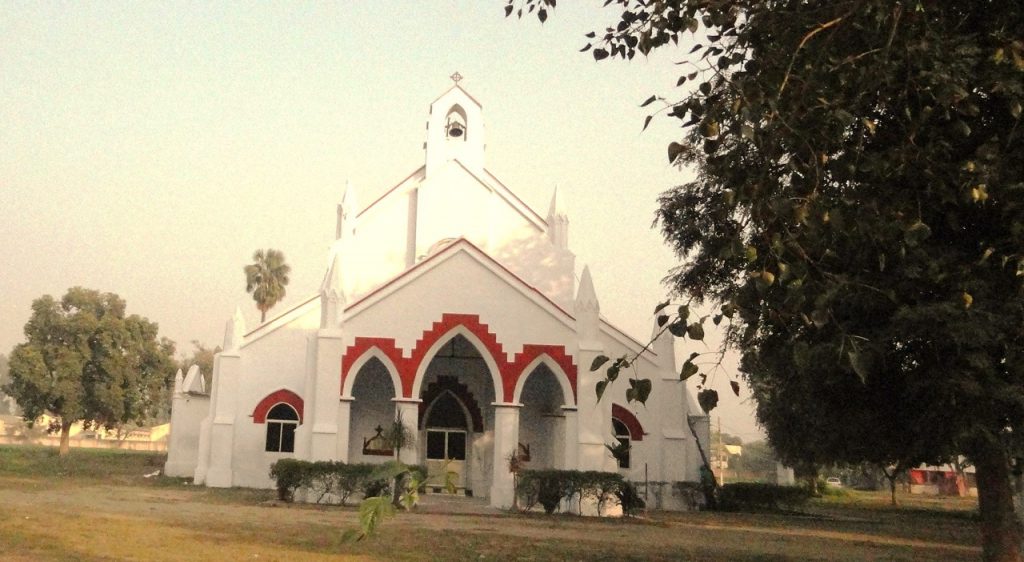
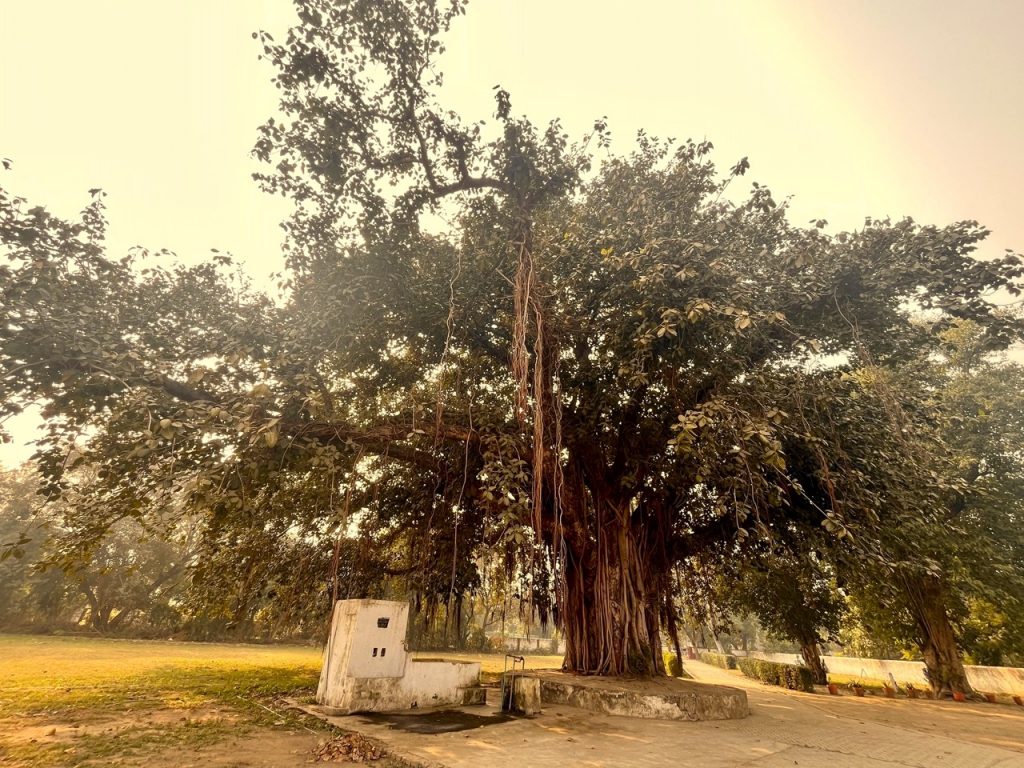



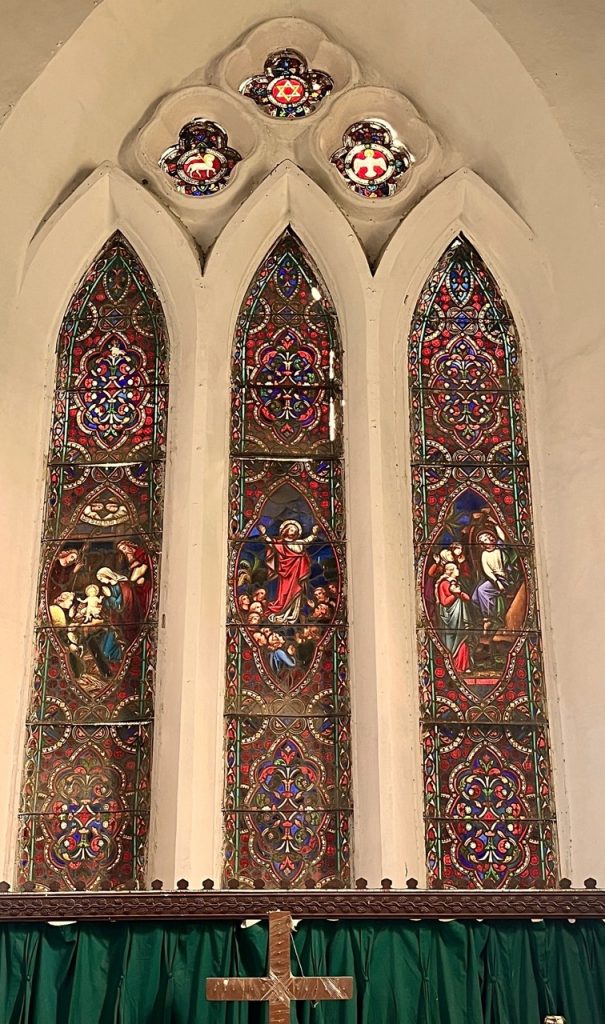

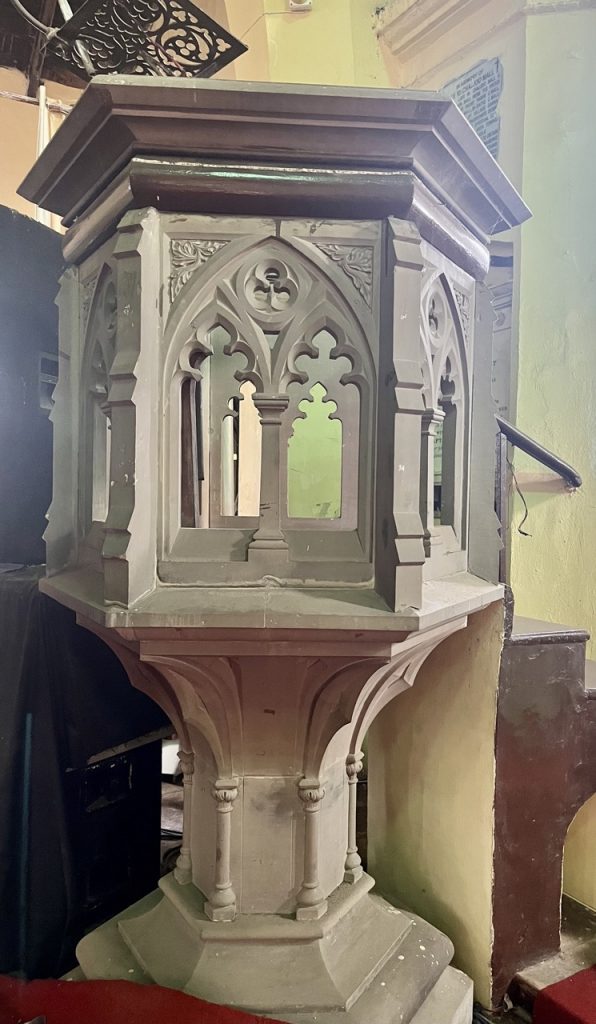
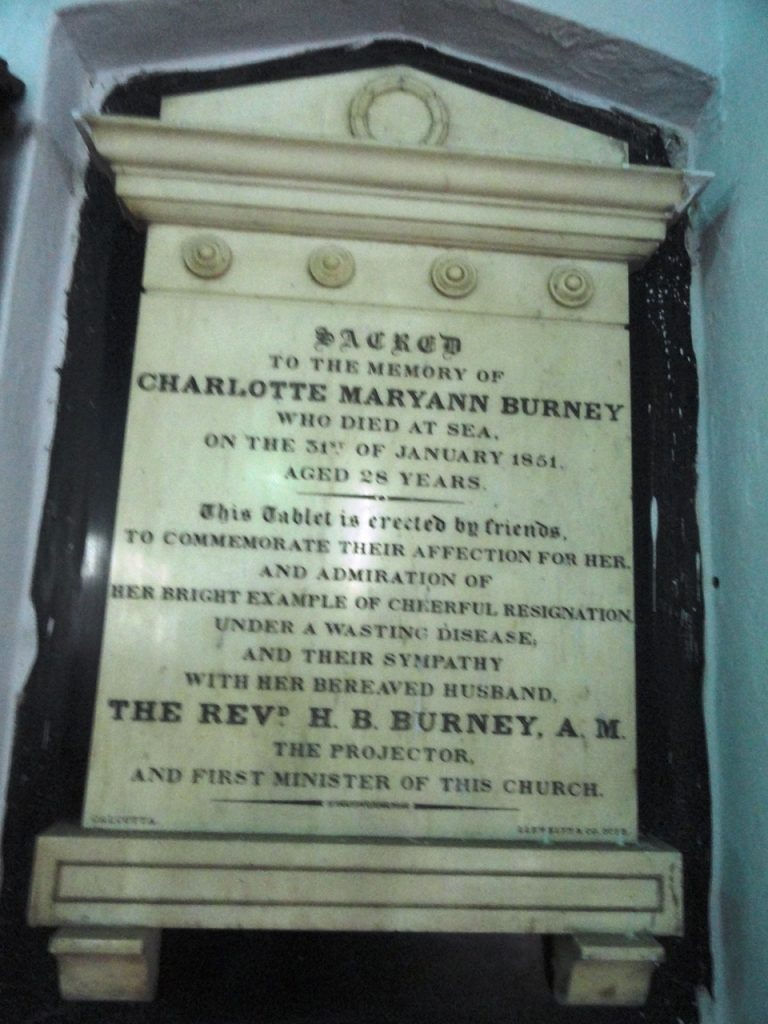
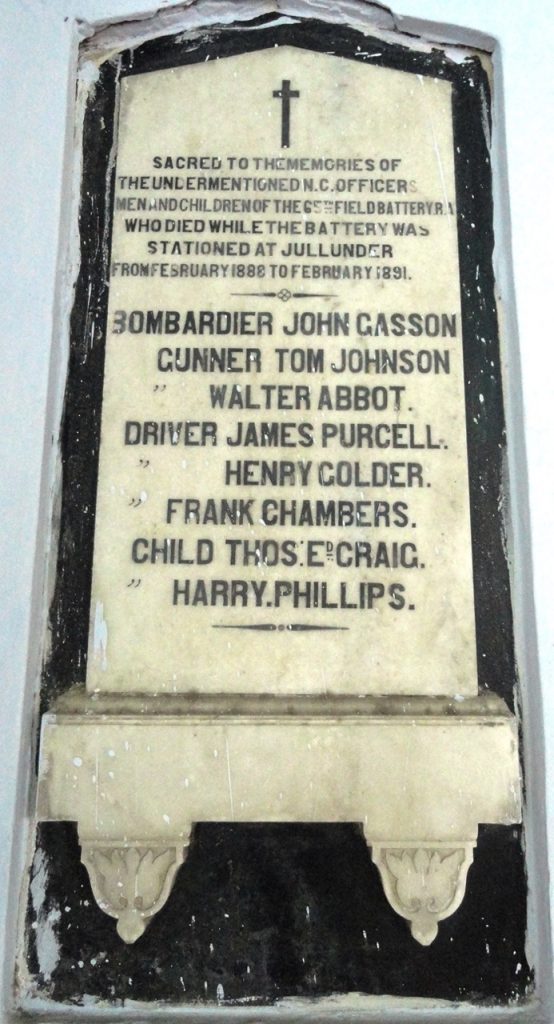
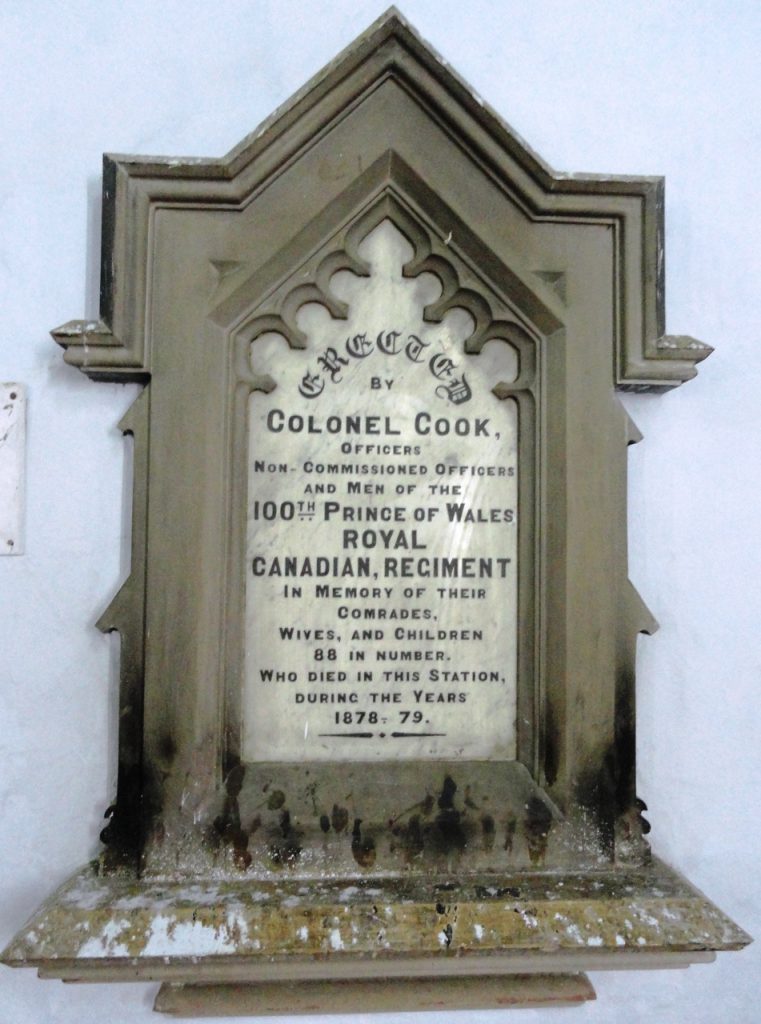
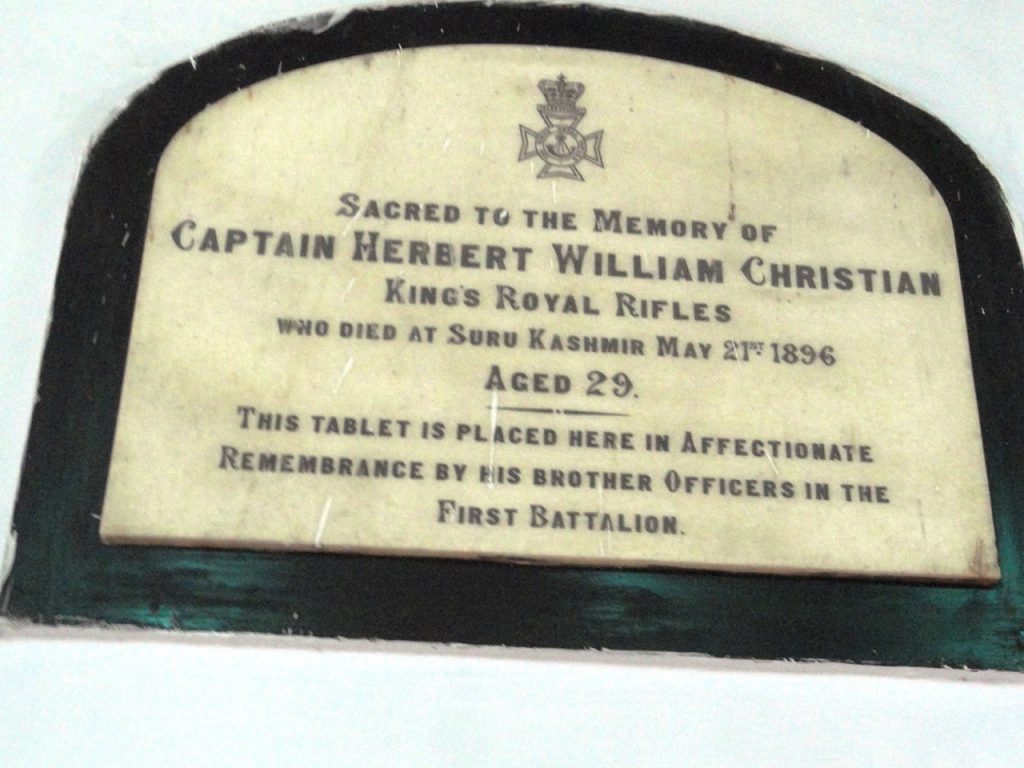
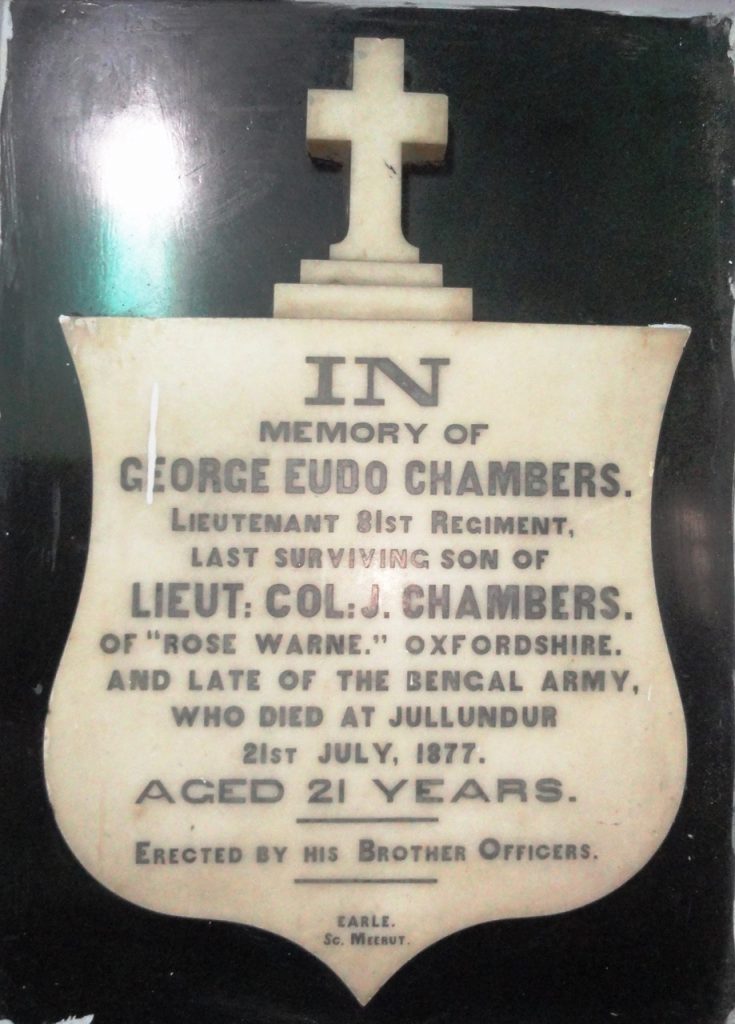

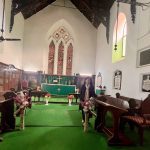
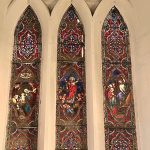
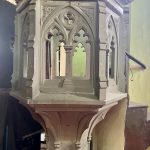
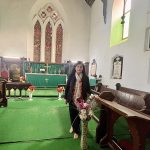

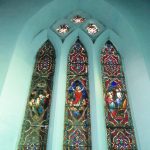


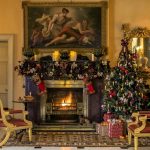

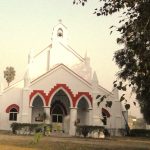
Seemaji, your compilation is a masterpiece of grace and depth, where every word carries the weight of your journey and the light of your soul. It’s a testament to your wisdom, resilience, and the beauty you bring to the world through your thoughts. Truly inspiring!
I love your eye for details and your impressive rendering of interesting historical facts related with places which remain obscure to the residents normally. Thanks for all the information!
Merry Christmas and a Happy New Year!
Lovely, as always. Simple and easy read.
Great read!
Eager to visit this Church.
Thank you for the valid information Seema.
I was never posted in Jalandhar during my Army days , so missed seeing this masterpiece of culture. A must visit promise and soon. Seema, as always, brings alive the places she visits and this piece is no exception. A superb article which wants you to visit the place – and soon!
Will definitely visit!!After reading it’s history & seeing the beautiful pictures on your Blog.
So happy it’s being well preserved & Restored.
💕💕
V informative article.It is a old nd historic church in Jal cantt.Thanks for bringing our attention to a local 19 th century architecture piece.Will visit soon.
Dear Seema,
I loved your beautifully written article on Saint Luke’s Church. Your vivid descriptions and historical insights brought its rich heritage and festive spirit to life. Thank you for sharing such a captivating piece!
Wishing you a joyful and blessed Christmas season!
Warm regards,
Jasvinder
Very very well researched and written !
Nicely done 😊
So informative!! Kudos to you Seema for preserving the historical facts .
Wonderful read as always.
Keep it up.
Regards